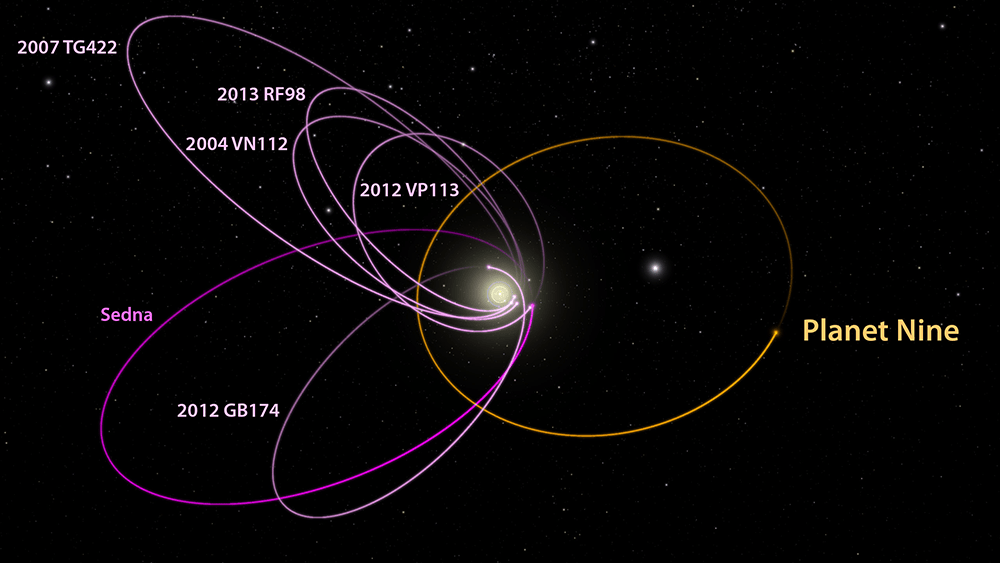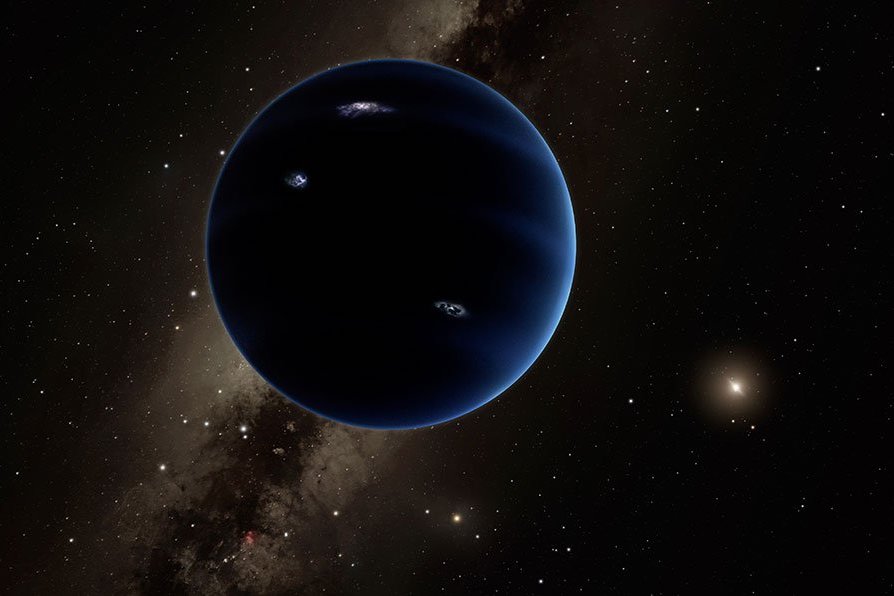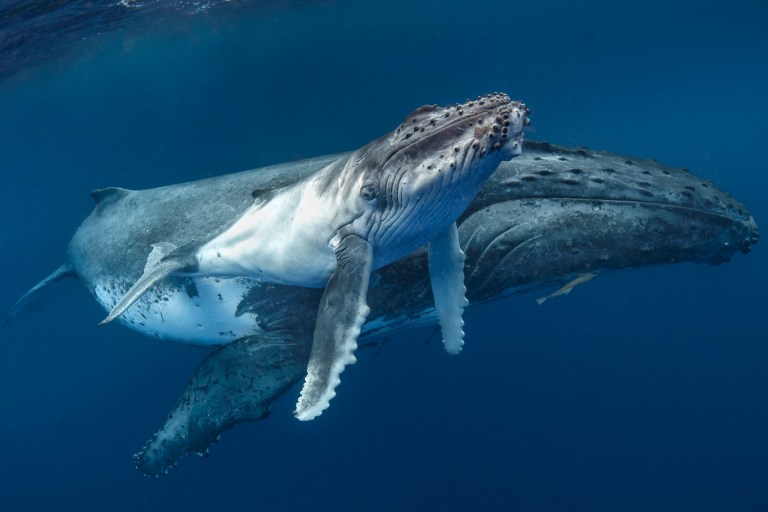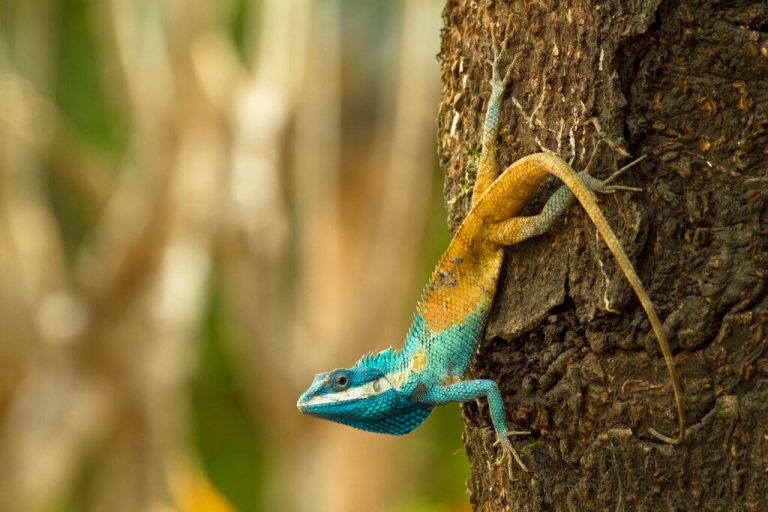Scientists believe our solar system may have a mysterious ninth planet — and no, it’s not Pluto (which was demoted to a dwarf planet in 2006). For about a century, astronomers have had a hunch that another planet has been waiting to be discovered. And one group of researchers recently gathered some celestial clues indicating that this “Planet Nine” is more than hypothetical, per a new paper accepted for publication in the Publications of the Astronomical Society of Australia.
The potential planet in question is about the size of Neptune, and it’s so deep into the solar system that it could take between 10,000 and 20,000 years to orbit the sun. The Earth, for reference, takes one year to complete the trip.

Because it’s so far away, astronomers in Taiwan, Japan, and Australia used infrared surveys taken 23 years apart to measure the object’s orbital motion — unlike previous searches, which sought the object’s reflection in visible light, per Science — and found that the celestial body moved ever so slightly. If it’s indeed a planet, it would explain some of the mysterious clustering around the Kuiper Belt, a region in the solar system that houses icy debris, as well as other longstanding mysteries of the universe.
“If the existence of Planet Nine can be confirmed by observations in the near future, it will improve our understanding of the history and structure of the entire solar system in early stages,” the team concluded in the paper.
While the recent study may represent the most concrete evidence thus far that a ninth planet exists, it’s not the first time the idea has been raised. A 2014 study identified a dwarf planet whose shape suggested the possibility of a nearby, much-larger planet, spurring Caltech researchers Mike Brown and Konstantin Batygin to take a closer (theoretical) look at the area for 18 months.
Their discovery? The six most distant objects that were investigated in the 2014 research all followed elliptical orbits pointing the same way — orbits that were also tilted in the same direction. The odds of that happening, as Brown said in a 2016 statement, are around .007%. “It’s almost like having six hands on a clock all moving at different rates, and when you happen to look up, they’re all in exactly the same place,” he said.
From there, the idea of Planet Nine emerged, driven by the notion that it was keeping the objects aligned in space. When the pair then discovered evidence of objects on the Kuiper Belt that sat perpendicular to the planets’ plane, further confirming their predictions, Brown said, “my jaw sort of hit the floor.”
Although their revelations laid the groundwork for the recent paper, the new research suggests that the object identified as a candidate for Planet Nine rests on a different orbit than the object Brown and Batygin identified, meaning it can’t be the same celestial body. But Brown isn’t too concerned about the mismatch. “It’s kind of fun that a paper that purports to find a candidate for Planet Nine is really finding something that would basically say that we were wrong the entire time,” he told Science.
RELATED: See All the Winning Images in the 2024 Astronomy Photographer of the Year Contest












